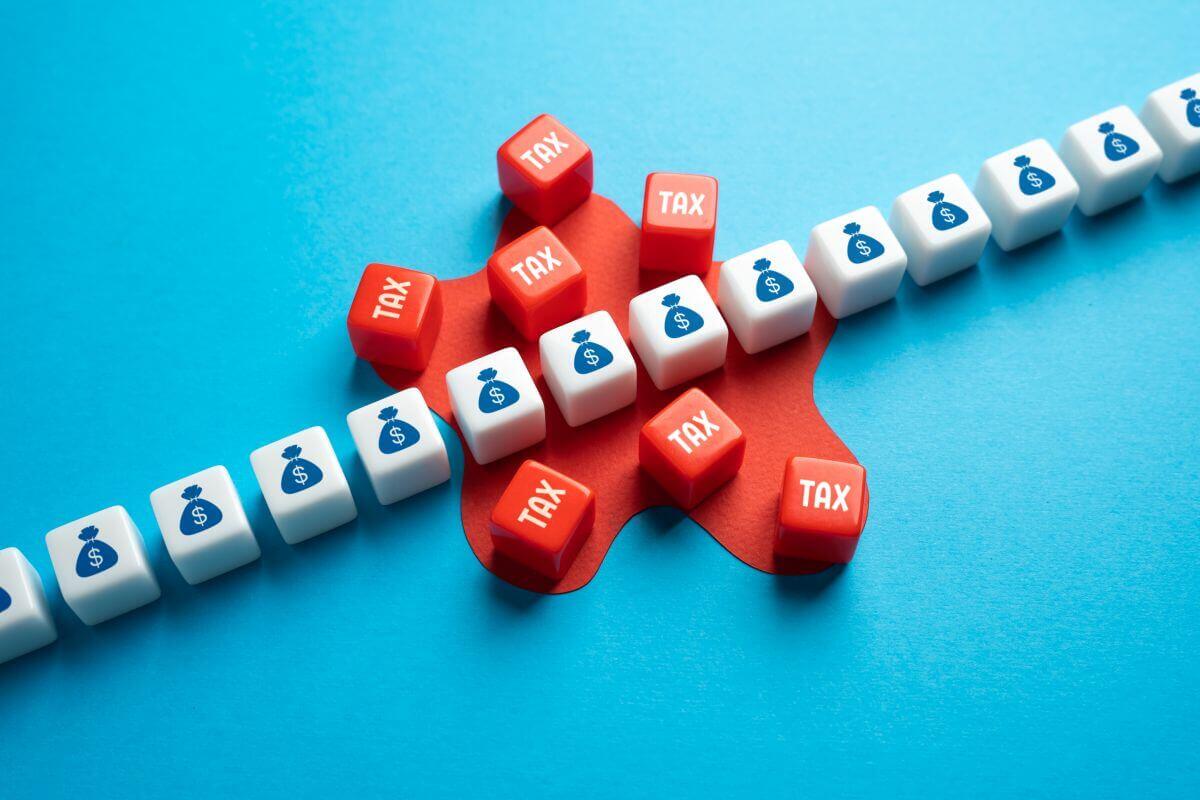Law now passed by Senate and will start on 1 July 2016
On 4th May the government’s Tax Incentives for Early Stage Investors passed the Senate and is now confirmed to start on 1 July.
There is a lot of buzz in the Australian tech sector around the tax incentives for early stage investors. Overall the incentives are met with a warm reception – with some seeing this as proof that the government is finally throwing its support behind our tech scene which has traditionally lagged behind the more established regions like San Francisco, Austin and Israel. Others, however, have criticised its requirements which can potentially lock out companies still regarded by many as fitting the profile of a “typical” startup. Furthermore, an unintended consequence has been created a temporary investor drought due to its start date of 1 July 2016.
With the laws now confirmed by Senate and due to come into effect from 1 July 2016, we now begin a series of blogs focused on this topic. We explore the pros and cons and give insight on how to make the most out of it regardless of whether you’re a startup or an investor. In part one of our series, we give you an overview of the concessions.
Background
As part of the National Innovation and Science Agenda, the Turnbull government released draft laws proposing tax incentives for investors who make eligible investments into “Early Stage Innovation Companies” (ESIC). The measures will apply from 1 July 2016. Whilst not yet formalised as law, the current expectation is the measures will be formalised largely intact.
What are the tax incentives?
The incentives are a powerful tool for startups and entrepreneurial companies in attracting investment from seed and angel investors. They provide investors with:
- a tax offset of 20% of amount invested (subject to limits of $10,000 or $200,000 depending on whether the “sophisticated investor” criteria is met); and
- full Capital Gains Tax exemption on those shares (for shares held between 1-10 years)
Which types of investors are potentially eligible for the incentives?
- Individuals
- Companies (unlisted and non-widely held)
- Trusts (including Self-Managed Superannuation Funds)
- Partnerships
Eligibility criteria
There is an extensive list of requirements which must all be satisfied:
- Company satisfies the complex definition of “Early Stage Innovation Companies” (ESIC)
- Investor makes new equity investment (existing shares changing hands are ineligible)
- Investor and company are not “affiliates” of each other when the shares are issued – if investor will be appointed to the Board, potentially need to consider the appropriate timing
- Share issue is not part of an employee share scheme
- After the share issue, investor must not hold more than 30% of the ESIC or a connected entity of the ESIC
Wan't to learn more?
Keep an eye out for our upcoming topics....
BLOG: How can a company satisfy the meaning of an “Early Stage Innovation Company”
- What’s a “sophisticated investor” and what records are needed?
BLOG: How does the Capital Gains Tax exemptions work – some practical examples
BLOG: How does a discretionary family trust make best use of the concession?
- What are the reporting, administration and documentation requirements of accessing the concessions?
This article is intended to provide general information only, and is not to be regarded as legal or financial advice. The content is based on current facts, circumstances, and assumptions, and its accuracy may be affected by changes in laws, regulations, or market conditions. Accordingly, neither Azure Group Pty Ltd nor any member or employee of Azure Group or associated entities, undertakes responsibility arising in any way whatsoever to any persons in respect of this alert or any error or omissions herein, arising through negligence or otherwise howsoever caused. Readers are advised to consult with qualified professionals for advice specific to their situation before taking any action.







Comment